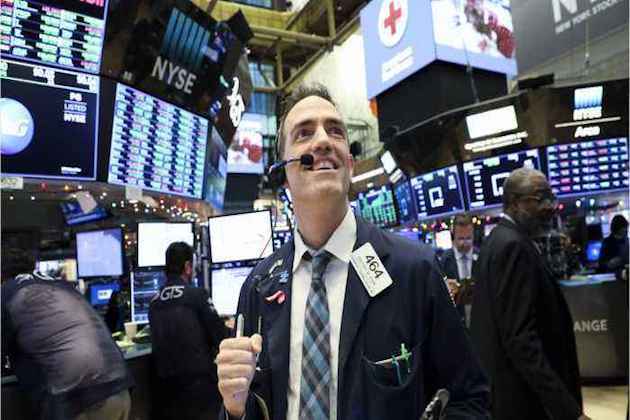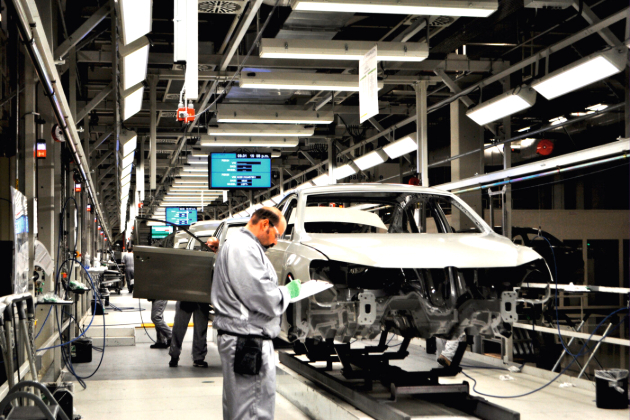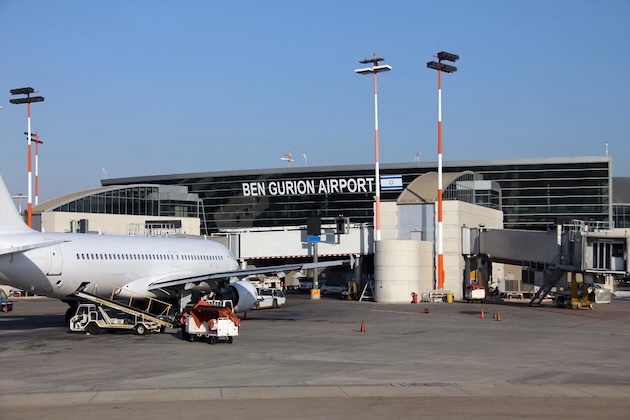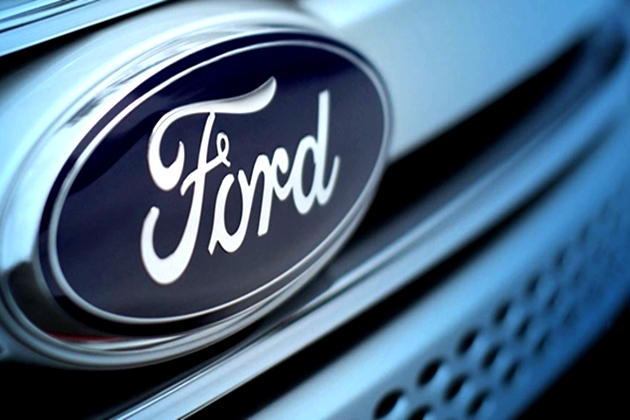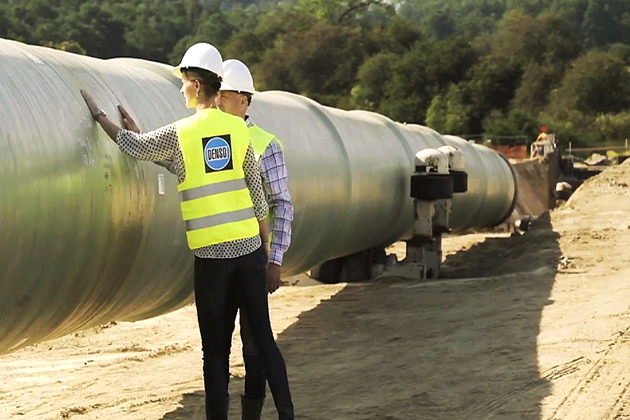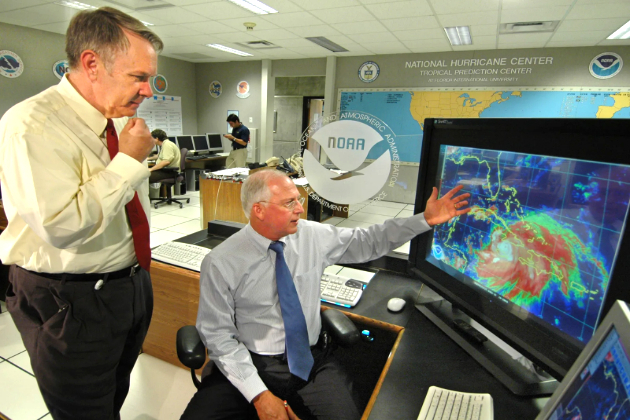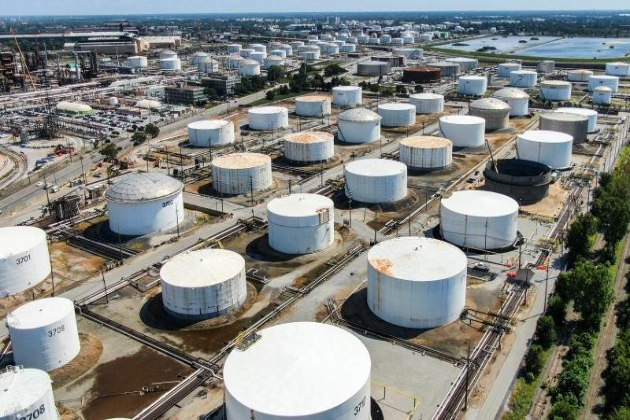Adapting cities to a hotter world: 3 essential reads
The Conversation
19 Jul 2019, 01:53 GMT+10
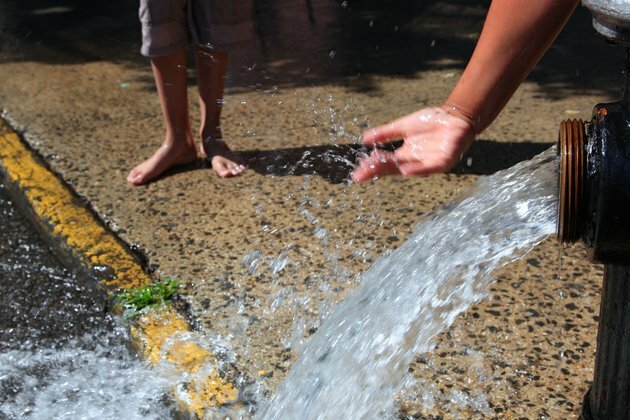
Heat waves can be deadly, especially when they combine high temperatures with elevated humidity levels that make the air feel even hotter. The impacts can be especially strong in cities, which often are several degrees warmer than nearby rural areas due to the urban heat island effect. These three articles from The Conversation's archives describe steps that communities can take to adapt as climate change makes heat waves more frequent and intense.
1. Offer many cooling options
Emergency cooling centers are one way to mitigate the effects of heat waves, but cities need to do more. Nick Rajkovich, assistant professor of architecture at the University at Buffalo, has worked with planners around Cleveland to understand how they prepare for hot weather. Strategies there include planting more trees and shrubs, which provide shade and cool the air; weatherizing buildings with window shades and light-colored, reflective materials; and preparing emergency kits for power outages that include food, water and radios.
Most importantly, in Rajkovich's view, different agencies and organizations need to talk to each other and plan together so they can take complementary steps.
"In Cleveland, preparing for extreme heat events has brought professionals together and encouraged overlapping approaches because no single strategy is foolproof," he observes. Officials "should pursue multiple solutions rather than looking for one 'best' option."
2. Focus upgrades on vulnerable neighborhoods
Many types of green infrastructure can help neighborhoods withstand the impacts of severe weather. For example, permeable paving and rainwater harvesting are two tools for managing flooding and reducing stormwater runoff.
Notre Dame University climate scientist Ashish Sharma has researched use of green roofs, covered with drought-resistant plants, to cool hot urban areas. In a study in Chicago, Sharma and his team determined that low-income neighborhoods on the city's south and west sides would benefit most from installing green roofs because doing so would make them less vulnerable during blackouts:
By lowering rooftop surface temperatures, green roofs keep buildings cooler. This would enable residents to reduce their use of air conditioning, saving them money and easing strain on the local power grid during peak demand periods.
3. Design streets for a changing climate
Most U.S. city streets are designed with a focus on the needs of drivers, and sometimes far in second place, pedestrians. But Anne Lusk, a research scientist at the Harvard T.H. Chan School of Public Health, calls for "designing green streets for bicyclists, pedestrians, bus riders and residents who live on transit routes, as well as for drivers."
Trees and cycle tracks would be central features of these streets, configured in ways that make pedestrians and cyclists feel safe from automobile traffic. The trees would serve as barriers while cooling neighborhoods and absorbing air pollutants. And well-designed bike paths would remove cars from the road, reducing air pollution and greenhouse gas emissions.
In surveys, respondents told Lusk that designs with trees and bushes between cycle tracks and the street best blocked their view of traffic, lessened their feeling of being exposed to pollution and made them feel cooler. Lusk also spotlights ways to offset climate-related stresses on trees, such as redesigning street drainage systems to direct water to trees' roots.
Editor's note: This story is a roundup of articles from The Conversation's archives.
Author: Jennifer Weeks - Environment + Energy Editor, The Conversation 
 Share
Share
 Tweet
Tweet
 Share
Share
 Flip
Flip
 Email
Email
Watch latest videos
Subscribe and Follow
Get a daily dose of Cleveland Star news through our daily email, its complimentary and keeps you fully up to date with world and business news as well.
News RELEASES
Publish news of your business, community or sports group, personnel appointments, major event and more by submitting a news release to Cleveland Star.
More InformationBusiness
SectionU.S. stocks rally hard despite drop in consumer sentiment
NEW YORK, New York - U.S. stocks rallied hard on Friday, boosted by strong rises around the world. Investors shrugged off a decline...
Maserati cancels electric MC20 plans over low demand
MILAN, Italy: Maserati has scrapped plans for an electric version of its MC20 sports car, citing low expected demand for the high-performance...
Volkswagen to slash 1,600 jobs at Cariad by year-end
BERLIN, Germany: Volkswagen is set to cut 1,600 jobs at its Cariad software division by the end of the year, affecting nearly 30 percent...
Travel to and from Israel to be boosted by terminal reopening
The principal terminal, Terminal 1, at Israel's largest airport will reopen at the end of this month, having largely been closed since...
Tech stocks lead renewed selling on Wall Street
NEW YORK, New York - The knee-jerk introduction of trade tariffs by President Donald Trump continues to rattle markets with all the...
Ford to invest up to $4.8 billion to revive struggling German unit
FRANKFURT, Germany: Ford announced this week that it will inject up to $4.8 billion into its struggling German unit to stabilize its...
Ohio
SectionSouth Dakota law blocks eminent domain for carbon pipelines
SIOUX FALLS, South Dakota: A new South Dakota law banning the use of eminent domain for carbon capture pipelines has cast doubt on...
US weather agency faces big layoffs under Trump’s civil service cuts
WASHINGTON, D.C.: The U.S. weather agency, NOAA, plans to lay off 1,029 workers following 1,300 job cuts earlier this year. This...
US: Refilling oil reserve fully will cost $20 billion, take years
WASHINGTON, D.C.: The U.S. Energy Department estimates it will take US$20 billion and several years to refill the Strategic Petroleum...
Bills signings Larry Ogunjobi, Michael Hoecht banned 6 games for PEDs
(Photo credit: Philip G. Pavely-Imagn Images) Two of the Buffalo Bills' recent free agent signings, defensive tackle Larry Ogunjobi...
Cavs best Grizzlies for franchise-record 16th straight win
(Photo credit: Matthew Smith-Imagn Images) Evan Mobley had 22 points and 11 rebounds and Darius Garland added 20 points and nine...
Frequent foes RSL, Dynamo renew rivalry
(Photo credit: Jamie Sabau-Imagn Images) Two teams that are anything but strangers to each other will take to the pitch this Saturday...

